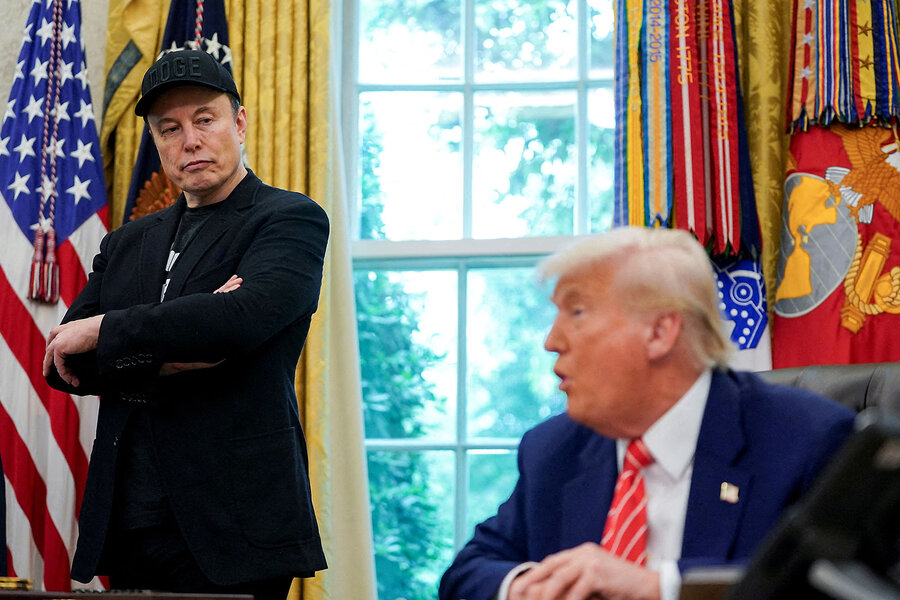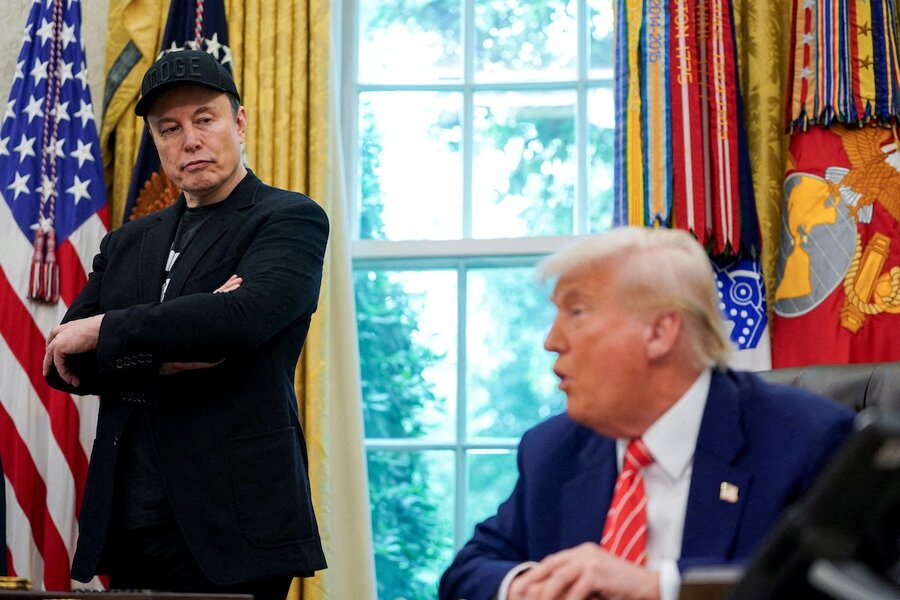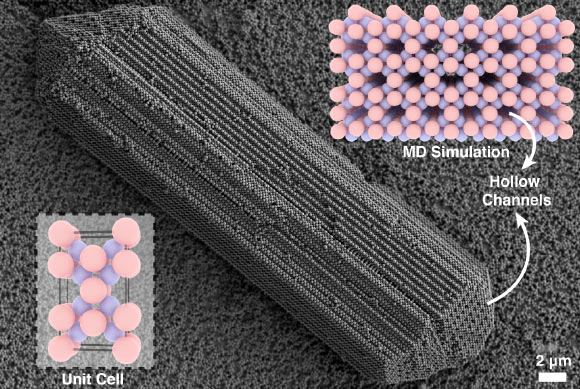A multinational team of neuroscientists has tested two competing theories of consciousness: the integrated information theory (IIT) and the global neuronal workspace theory (GNWT). IIT suggests that consciousness emerges when information inside a system is highly connected and unified, for as long as the information is consciously perceived, acting as a single whole. On the other hand, GNWT suggests a network of brain areas will spotlight important pieces of information in the brain — bringing it to the forefront of our minds — broadcasting it widely the moment it enters consciousness, and this produces conscious experience.

Different theories explain how subjective experience arises from brain activity. These theories have independently accrued evidence, but have not been directly compared. Ferrante et al. present an open science adversarial collaboration directly juxtaposing integrated information theory (IIT) and global neuronal workspace theory (GNWT) via a theory-neutral consortium. Image credit: NASA / ESA / JPL-Caltech / STScI / Sci.News.
Philosophers and scientists have sought to explain the subjective nature of consciousness (for example, the feeling of pain or of seeing a colorful rainbow) and how it relates to physical processes in the brain.
This quest has led to various theories of consciousness evolving in parallel and often providing incompatible accounts of the neural basis of consciousness.
Furthermore, empirical support for a given theory is often highly dependent on methodological choices, pointing towards a confirmation bias in theory testing.
Convergence on a broadly accepted neuroscientific theory of consciousness will have profound medical, societal and ethical implications.
To advance this goal, the authors tested IIT and GNWT theories through a large-scale, open-science adversarial collaboration aimed at accelerating progress in consciousness research by building on constructive disagreement.
“IIT says consciousness comes from the interaction and cooperation of various parts of the brain as they work together to integrate information, like teamwork,” the researchers said.
“It arises from how these parts are connected and how they share information with each other rather than any one individual area or part of the brain generating consciousness.”
“The study, however, did not find enough lasting connections in the back of the brain to support this idea.”
“GNWT supports the idea that consciousness happens in the front of the brain, but the study didn’t find enough support for this idea either,” they added.
The study involved 256 subjects, which is unprecedented for this kind of experiment.
The scientists showed them various visual stimuli and then used three common human brain measurement tools that track blood flow as well as magnetic and electrical activity to study their brains while they looked at the stimuli.
“The study showed that there’s functional connection between neurons in early visual areas of the brain and the frontal areas of the brain, helping us understand how our perceptions tie to our thoughts,” they said.
“The findings de-emphasize the importance of the prefrontal cortex in consciousness, suggesting that while it’s important for reasoning and planning, consciousness itself may be linked with sensory processing and perception.”
“In other words, intelligence is about doing while consciousness is about being.”
“This discovery has implications for how we understand consciousness and may shed light on disorders of consciousness such as comas or vegetative states.”
“Identifying where consciousness comes from could help detect ‘covert consciousness’ in unresponsive patients with severe injuries.”
“It was clear that no single experiment would decisively refute either theory,” said University of Sussex’s Professor Anil Seth.
“The theories are just too different in their assumptions and explanatory goals, and the available experimental methods too coarse, to enable one theory to conclusively win out over another.”
“Having said all this, the findings of the collaboration remain extremely valuable — much has been learned about both theories and about where and when in the brain information about visual experience can be decoded from.”
The findings appear this week in the journal Nature.
_____
O. Ferrante et al. (Cogitate Consortium). Adversarial testing of global neuronal workspace and integrated information theories of consciousness. Nature, published April 30, 2025; doi: 10.1038/s41586-025-08888-1
























